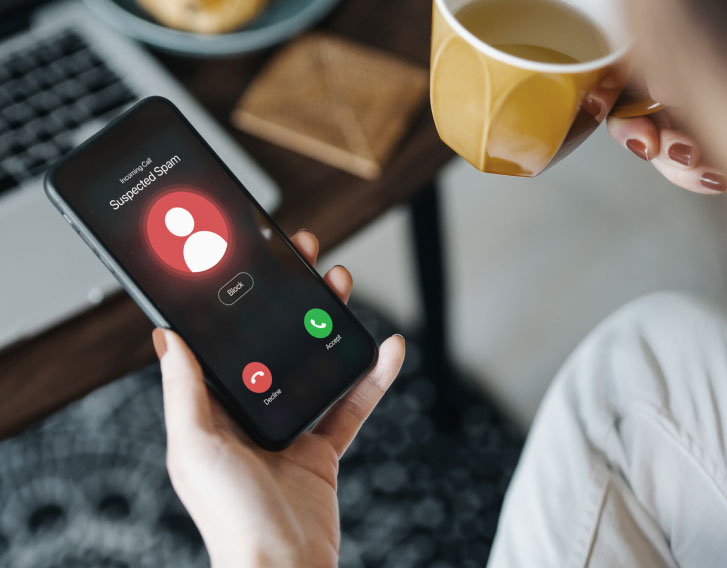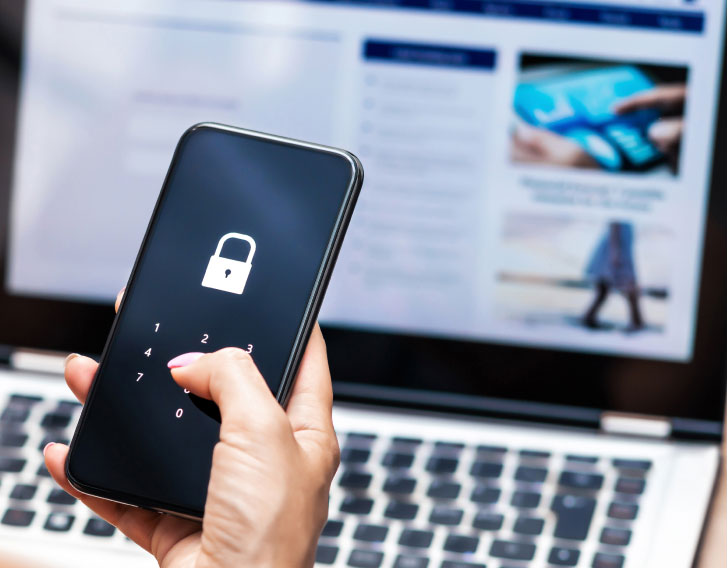Internet security
5 Ways to Help Prevent Online Phishing Attacks
At first, the term “phishing” either looks like bad spelling or some corny phrase out of a campy shark horror movie. But in reality, it’s a very serious problem.
Phishing is an attempt by cybercriminals to steal your personal information, including usernames, passwords and credit card details, by posing as a legitimate company.
Phishers may send emails asking you to click on a link to verify an account, update personal or financial information related to an existing account, or confirm an anticipated refund amount. Clicking on the link can enable phishers to extract sensitive information or install malware on your device. Many phishers go as far as creating replicas of commercial websites to help make them appear legitimate.
How to Identify a Phishing Message
Now that you know what phishing is, you can be more aware of when it happens to you. Here are a few ways to tell if a message or email you’ve received is a phishing attempt:
- The email makes urgent or threatening claims – If an email is urging you to act now or threatens to block access to your account if you don’t respond, it’s likely a phishing attempt. Some may even claim you’re eligible for a fake award to get you to react immediately. If you’re not sure the email is legit, contact the entity with a proven link or phone number to verify. Do not contact them using any information provided in the message.
- Messages from an unknown person – If you receive a text or email from someone you don’t know, be wary. This type of message will often have spelling or grammatical errors due to mistranslation from a foreign language. The email address might look like it comes from a legitimate source but may have a missing or extra character in the URL. Don’t respond to this type of email if you find it to be fake. Most email providers have ways to mark these types of messages as phishing attempts.
- Generic email domains – A professional-sounding email should come from that entity's URL address. If you receive an email requesting your personal data or demanding payment and it is from a Gmail or Outlook address, it’s probably a scam.
- Suspicious links or attachments - Don’t click on any links or attachments if they seem suspicious, as they could activate malware or some other type of threat. If you’re unsure about a link, you can hover your mouse over it to reveal the actual address. If the link contains a lot of letters and numbers or the URL address isn’t from the company sending the email, don’t click it and mark the email as phishing or spam.
How to Help Protect Yourself from a Phishing Attack
One of the best things you can do to help prevent a phishing attack is to stop it before it happens. Here are a few ways to help prevent phishing attacks from happening to you:
- As mentioned above, don’t open emails or click on links or attachments unless they come from a verifiable source.
- Do not send sensitive information, such as passwords, bank or credit card numbers or any other financial data in an email.
- Change passwords regularly so that you can help prevent a cybercriminal from gaining full access to your devices or files. A password manager is a great tool to help you perform this task.
- Never ignore security updates on your devices. Even though they seem like a big pain, security updates are essential to help keep your devices free from online threats. When you get a message stating a device needs to be updated, don’t ignore it. Perform the update as soon as possible to ensure you’re protected as much as possible.
- Utilize anti-virus software to help keep online threats from attacking your devices. Products like Malwarebytes block dangerous malware to help keep your sensitive data safe and secure.
If you do become a victim of an online phishing attack, contact your local law enforcement as soon as possible. Keep a detailed account of all that has happened to help catch the culprits, and you can focus more on restoring your data.
Published on 06/06/2023


